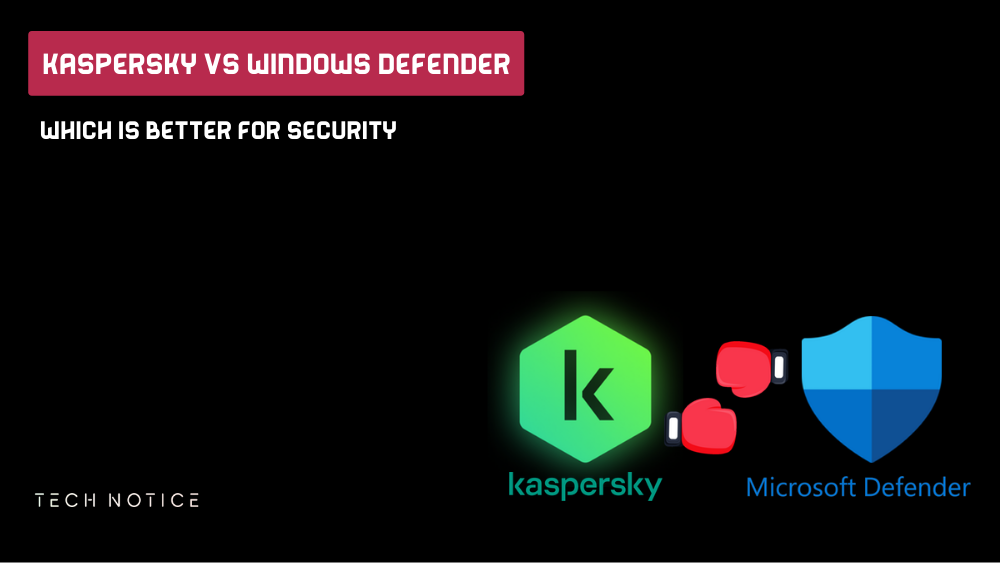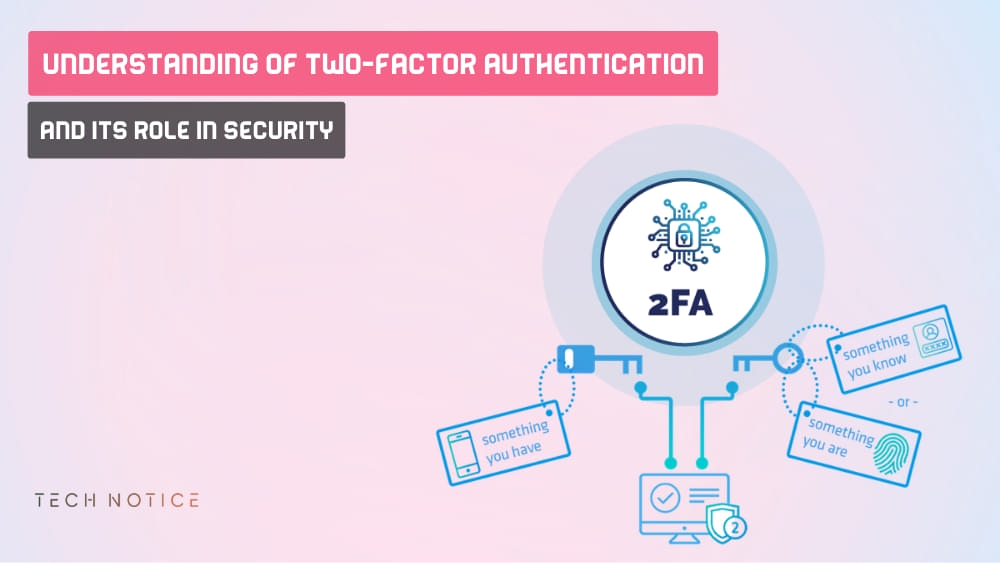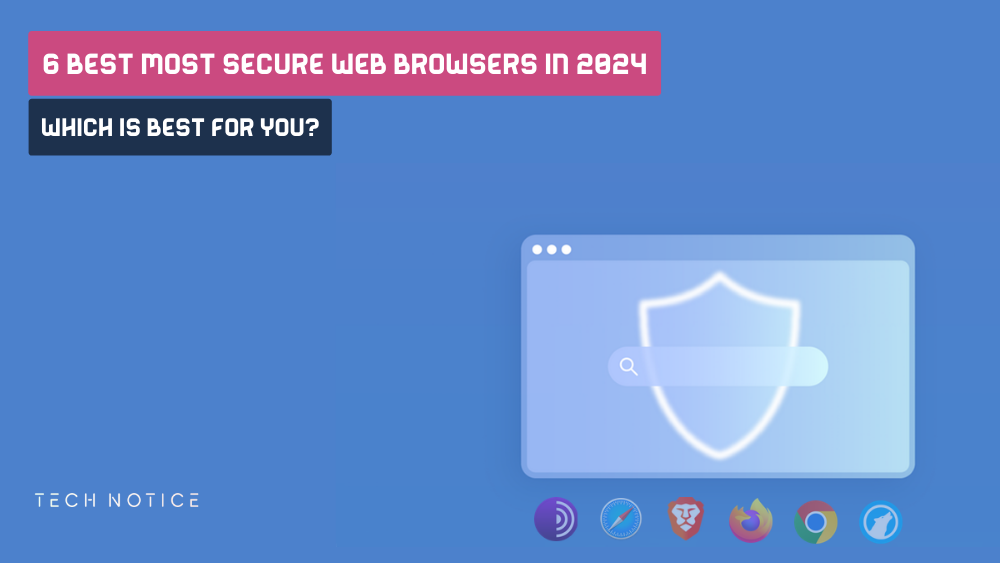# What Types Of Malware Can Be Transported Through P2P File Sharing

Peer-to-peer (P2P) file sharing has become a popular method of file transfer, allowing users to exchange files, media, and software over the Internet easily and quickly.
While P2P technology has undoubtedly revolutionized file sharing, it has also opened up a host of cybersecurity concerns.
In this article, we will try to look into the complex types of malware that can be spread through p2p file sharing.
What is P2P, and How Does it Work?
Before delving into the world of Risks of P2P file sharing, let’s take a moment to understand what P2P file sharing is.
Peer-to-peer file sharing is a decentralized method of sharing digital content.
Instead of relying on a central server or downloading via a direct link, P2P networks distribute the download load among multiple users who own the same file.
File sharing via P2P like torrent downloading have gained immense popularity due to their efficiency and ability to download large files in a fraction of the time it would take traditional methods of uploading.
The appeal of P2P file sharing is its accessibility and fast loading, and users can share files without the need for dedicated servers or complex settings.
However, this convenience comes at a cost, as P2P networks have become a breeding ground for a wide range of malware strains.
Therefore, in the context of the article, we will need to discuss how to protect yourself from malware spread through p2p file sharing.
What Types Of Malware Can Be Transported Through P2P File Sharing?
1. Trojans: What are Trojans?
Trojans are a type of malware that masquerades as safe software, enticing users to download and install it.
Once inside the system, Trojans give attackers unauthorized access to the infected device, leading to data theft, system crashes, and more.
Trojans and P2P file sharing
P2P networks are filled with Trojan-infected files that masquerade as safe software or media.
Users unknowingly download files containing these Trojans, giving attackers access to their computers and personal information.
For example, the notorious RAT (Remote Access Trojan) allows hackers to control the infected system remotely.
Protection Tips From Trojan’s:
- Download files only from trusted sources, and read reviews from previous users.
- Always scan downloaded files with reliable antivirus software.
- Regularly update your operating system and applications to patch vulnerabilities that could be used by attackers.
2. Ransomware: What is Ransomware?
Ransomware is a malware that encrypts the victim’s data and demands a ransom in exchange for the decryption key.
P2P networks are not immune to this threat.
Cybercriminals distribute ransomware through P2P file sharing, often embedded within files.
Once a user opens such a file or installs the infected software, their data becomes inaccessible until the ransom is paid.
Protection Tips From Ransomware:
- Regularly back up your important files to an external source or cloud storage.
- Avoid downloading suspicious files or programs from unsafe sources.
- Use reliable antivirus software that can detect and block ransomware attacks.
3. Spyware: What is spyware?
Spyware is a type of malware designed to secretly monitor a user’s online activity, collect personal information, and transmit it to a remote server.
Files on P2P networks can be linked to spyware, which may record keystrokes, take screenshots, and steal sensitive data and more.
Protection Tips From Spyware:
- Configure your privacy settings to restrict access to sensitive information.
- Use a strong firewall to monitor and block suspicious network activities.
- Perform regular spyware scans using dedicated anti-spyware tools.
4. Adware: What is Adware?
Adware is a type of malware that fills a user’s device with unwanted advertisements.
Although it is not as malicious as some of the other types of malware we have mentioned, it can be quite annoying.
Many free apps shared over P2P networks come bundled with adware.
When the user installs these applications on his device, they are unknowingly agreeing to display advertisements that may reach the point of madness.
Protection Tips Adware Ads:
- Always read the End User License Agreements (EULAs) before installing software.
- Use ad blocker extensions or apps to reduce the nuisance of adware.
5. Worms: What are Worms?
Worms are self-replicating malware that spread across networks and devices, often causing havoc by consuming network resources and disrupting normal operations.
P2P networks provide an ideal platform for rapid dissemination of worms.
Infected files shared via P2P can infiltrate many devices in a short time through the replication.
Protection Tips From Worms:
- Keep your operating system and software updated to patch known vulnerabilities.
- Implement strong network security measures to detect and block software activity.
6. Rootkit: What is a Rootkit?
Rootkits are stealth malware that gives attackers administrative control over the system while concealing their presence.
They can hide within the operating system, making them particularly difficult to detect.
Rootkits distributed over P2P networks can silently infiltrate a user’s system, making them a powerful tool for hackers to maintain long-term control.
Protection Tips From Rootkits:
- Perform comprehensive system scans using reputable antivirus software.
- Be alert to any unusual or suspicious behavior occurring within the operating system.
7. Bots: What Are Botnets?
Botnets are networks of compromised devices (bots) controlled by a single entity.
These bots can be used for various malicious activities, such as distributed denial of service (DDoS) attacks.
P2P networks can be used to distribute the components needed to build a botnet.
Unsuspecting users may become part of a botnet, contributing to malicious activities.
Protection Tips From Botnets:
- Make sure to update your hardware and software regularly to reduce exposure to bot recruiting.
- Use network monitoring tools to detect unusual traffic patterns that may indicate bot activity.
8. Keyloggers: What Are keyloggers?
Keyloggers are malware designed to record every keystroke made on a compromised system.
This can result in the theft of sensitive information, such as login credentials and financial data.
Keyloggers can be distributed through P2P networks, often hidden within seemingly harmless files or applications.
Protection Tips From Keyloggers:
- Consider using built-in virtual keyboards to enter your sensitive information to thwart keyloggers.
- Enable two-factor authentication where possible to add an extra layer of security.
9. Fileless Malware: What is Fileless Malware?
Fileless malware is a type of malware that operates without leaving traditional files on the victim’s system.
Instead, it exploits existing system tools and processes to exist within the system.
P2P networks can inadvertently transmit fileless malware, making it difficult to detect and eliminate.
Protection Tips From Fileless malware:
- Use security solutions that focus on detecting unusual system behavior.
- Constantly monitor your system for any anomalies that the system may cause.
How To Protect Yourself From Malware Spread Through p2p File Sharing
Now that we’ve reviewed a range of malware threats that can infiltrate your system through P2P file sharing, it’s essential to understand how to effectively defend yourself while using this type of technology.
Here are some protection strategies against risks of p2p file sharing
- Use trusted sources: Download files from trusted sources or known uploaders, avoid suspicious sites and low-seed torrents, and read embedded comments from previous users.
- Use reliable antivirus software: Invest in a reputable antivirus software and keep it updated, Regular scans can help identify and delete malware.
- Using a VPN program: A reliable VPN program will help you download via P2P technology in an anonymous way, as it offers the advantage of not being tracked or leaking your personal data to third parties.
- Stay informed: Stay informed about the latest cybersecurity threats and trends and social engineering scams.
- Implement network security: Configure your router and firewall settings to enhance network security, This can help prevent unauthorized access and the spread of malware.
- Update software regularly: Make sure your operating system and applications are updated with the latest security patches, Cybercriminals often exploit known vulnerabilities in applications or the system.
- Back up your data: Regularly back up your important files to an external source or cloud storage, in the event of a malware attack, you can recover your data without being subject to ransom demands.
- Avoid Internet scams: Be careful while clicking on links or downloading files from unfamiliar sources, If something seems too good to be true, it is likely a phishing link.
-
Use strong passwords:
create strong, unique passwords for your accounts, and consider using a password manager for extra security to protect your accounts. - Enable two-factor authentication (2FA): Whenever possible, enable two-factor authentication for your online accounts, as this feature adds an extra layer of protection.
- Monitor your system regularly: Be alert to any unusual system behavior, such as slowdowns, unexpected pop-ups, or unexplained network activity.
Answering Most important FAQs About Security and Protection System
Frequently Asked Questions
Established networks with active moderation tend to be more secure.
Users should be careful and follow best practices while downloading any components from external sources.
If nothing helps you, you can try To Delete Virus From My Computer Without Antivirus?
As long as this technology continues to spread, cybercriminals will find ways to exploit it, so remaining vigilant and adopting security measures will remain essential.
Conclusion
Malware spread through P2P file sharing This is unavoidable, so peer-to-peer (P2P) file sharing has become a double-edged sword.
While it provides unparalleled convenience for sharing content, it also provides a means for cybercriminals to distribute a wide range of malware inside files.
However, by understanding the threats and implementing effective security measures, users can enjoy the benefits and features of P2P file sharing while minimizing the risks.

The 7 Best Antivirus with AI To Protect You From Security Threats
By Zouani in - 16 Mar, 2024
Kaspersky Vs Windows Defender: Which Is Better For Security
By Zouani in - 16 Feb, 2024
Understanding Of Two-Factor Authentication (2FA) And Its Role In Security
By Zouani in - 17 Jan, 2024
Difference Between Bitdefender Vs Kaspersky Antivirus: Which Is Best?
By Zouani in - 17 Jan, 2024
Ultimate Guide To Downloading From Torrenting Safely In 2025
By Zouani in - 18 Dec, 2023
6 Best Most Secure Web Browsers In 2025: (Which Is Best For You?)
By Zouani in - 18 Nov, 2023




